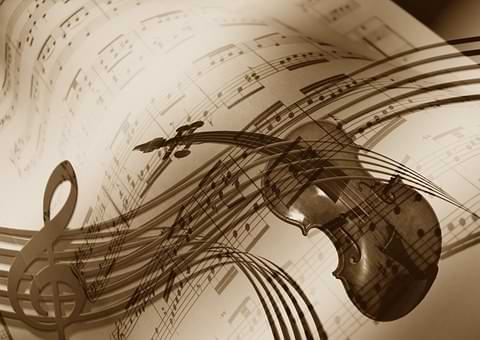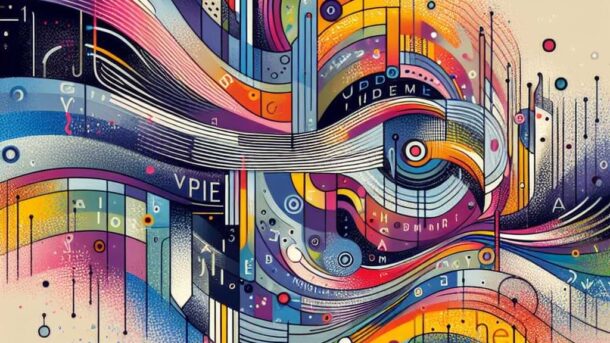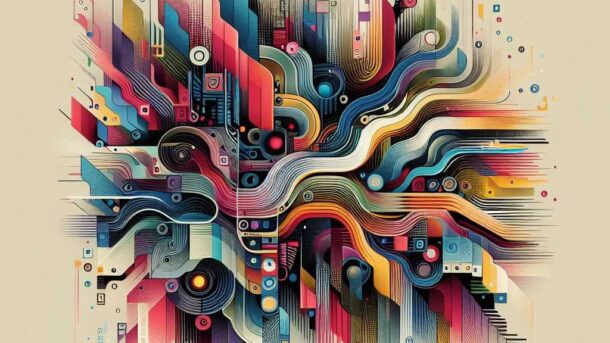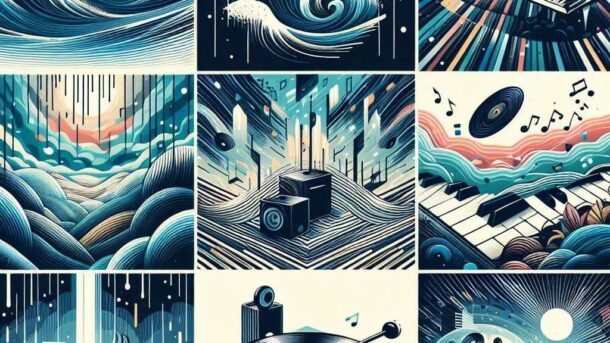olehova – In the digital era, the exploration of sound poetry has transcended physical boundaries, finding a new home on the internet. echoes of expression Sound poetry online offers a vast and dynamic landscape where artists and enthusiasts alike can explore the nuances of auditory expression, navigate diverse sonic landscapes, and connect with a global community of like-minded individuals.
The Evolution of Sound Poetry in the Digital Age
Sound poetry has a rich history dating back to the early 20th century avant-garde movements, echoes of expression but its evolution has accelerated in the digital age. The internet has provided a platform for sound poets to experiment with new forms of expression, collaborate with other artists, and reach audiences around the world. Sound poetry online has become a vibrant and diverse ecosystem, encompassing a wide range of styles, techniques, and themes.
Discovering Sound Poetry Platforms
Navigating the world of sound poetry online begins with discovering the myriad platforms dedicated to this art form. From dedicated websites and online archives to streaming services and social media channels, there are countless avenues for exploring sound poetry online. Each platform offers its own unique collection of audiovisual content, ranging from historic recordings of classic performances to cutting-edge experiments by contemporary artists.
Exploring Sound Poetry Archives
Sound poetry archives are treasure troves of sonic creativity, offering a glimpse into the evolution of this art form over time. These archives often contain recordings of seminal performances, interviews with pioneering artists, and scholarly articles exploring the history and theory of sound poetry. Exploring sound poetry archives allows enthusiasts to trace the development of the art form, discover new artists, and gain insights into different stylistic approaches.
Engaging with Sound Poetry Communities
Sound poetry online is not just about consuming content – it’s also about connecting with a community of fellow enthusiasts. Online communities dedicated to sound poetry provide a space for artists and audiences to share their work, exchange ideas, and collaborate on projects. Whether through forums, social media groups, or virtual events, engaging with sound poetry communities can enrich the experience of exploring this unique art form.
Participating in Virtual Workshops and Events
Many sound poetry platforms offer virtual workshops, masterclasses, and events where enthusiasts can deepen their understanding of the art form and hone their own creative skills. These events often feature live performances, interactive discussions, and hands-on activities designed to inspire and educate participants. By participating in virtual workshops and events, enthusiasts can connect with artists, learn new techniques, and contribute to the ongoing evolution of sound poetry.
Collaborating with Fellow Artists
Collaboration is a cornerstone of sound poetry, and online platforms echoes of expression make it easier than ever for artists to collaborate with one another. Whether through remote recording sessions, shared online projects, or multimedia collaborations, artists can come together to create innovative and boundary-pushing works of sonic art. Collaborating with fellow artists not only expands creative horizons but also fosters a sense of community and camaraderie within the sound poetry community.
Seeking Feedback and Support
For emerging artists, seeking feedback and support from peers and mentors is an essential part of the creative process. Many sound poetry platforms offer opportunities for artists to share their work and receive constructive feedback from fellow enthusiasts. Whether through online critique groups, peer review forums, or one-on-one mentorship programs, artists can benefit from the guidance and support of more experienced practitioners as they navigate their own creative journeys.
Embracing Innovation in Sound Poetry Online
Sound poetry online is a dynamic and ever-evolving medium, constantly pushing the boundaries of what is possible in terms of sonic expression. From experimental techniques and technologies to new modes of distribution and collaboration, innovation is at the heart of sound poetry online. Embracing innovation allows artists to explore new creative avenues, engage audiences in novel ways, and contribute to the ongoing evolution of the art form.
Harnessing Technology for Creative Expression
Technology plays a central role in the creation and dissemination of sound poetry online, enabling artists to experiment with new techniques and approaches. From digital recording and editing software to immersive audiovisual technologies, artists have access to a wealth of tools and resources that expand the possibilities of sonic expression. By harnessing technology for creative expression, artists can push the boundaries of what is possible in sound poetry and create truly immersive and engaging experiences for audiences.
Exploring New Forms and Formats
Sound poetry online opens up new possibilities for echoes of expression exploring different forms and formats of sonic expression. From interactive multimedia installations to live-streamed performances and virtual reality experiences, artists can experiment with a wide range of mediums and platforms to create immersive and engaging works of sonic art. By embracing new forms and formats, artists can reach new audiences and push the boundaries of what is possible in sound poetry.
Collaborating Across Disciplines
One of the most exciting aspects of sound poetry online is its ability to facilitate collaboration across disciplines. Artists from diverse backgrounds – including music, visual art, literature, and technology – can come together to create interdisciplinary works that blur the boundaries between different art forms. By collaborating across disciplines, artists can leverage the unique strengths of each medium to create innovative and boundary-pushing works of sonic art.
In conclusion, sound poetry online offers echoes of expression a rich and dynamic landscape for exploring the nuances of auditory expression, connecting with a global community of fellow enthusiasts, and pushing the boundaries of sonic creativity. Whether through discovering sound poetry platforms, engaging with online communities, or embracing innovation in sonic expression, enthusiasts can embark on a journey of exploration and discovery that celebrates the diversity and vibrancy of this unique art form. As technology continues to evolve and the digital landscape expands, the future of sound poetry online promises to be as exciting and inspiring as the art form itself.





